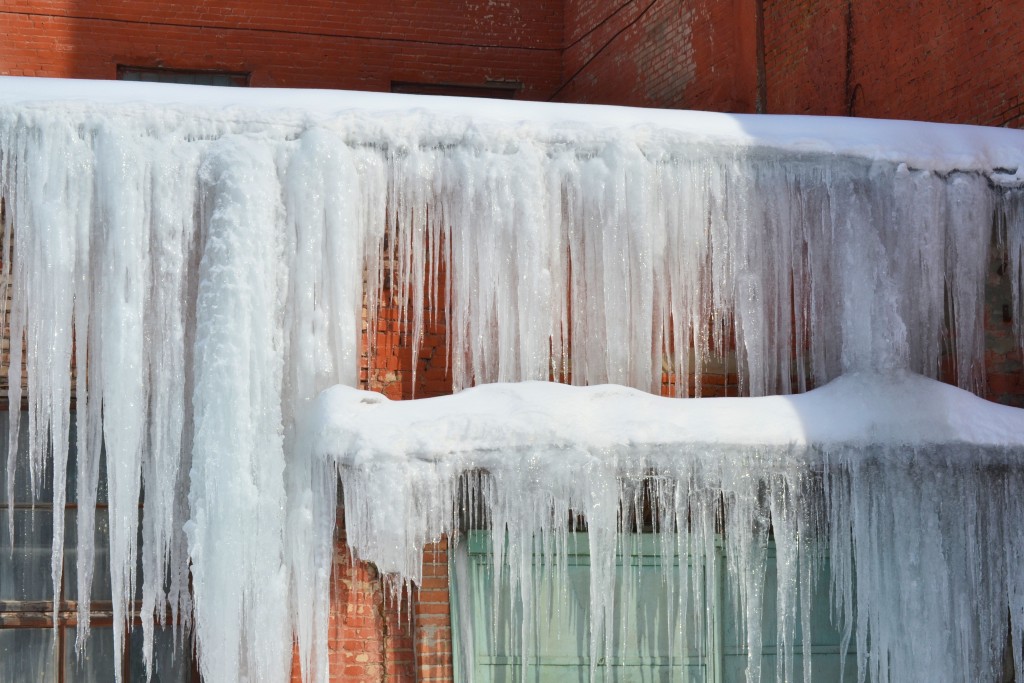The risk of slip-and-fall accidents is ever-present, but it is heightened during winter months. Ice and snow outdoors surrounding your place of business is one thing; sludge and water getting tracked into the building are another. Either way, both employees and customers are put at risk when there is no proper risk mitigation.
Don’t wait until you have to call a personal injury lawyer and court reporter at the most inopportune time. Here’s how you can avoid slip-and-fall accidents in your business during the winter:
1. Prepare before the snow
Before the snow starts to fall, it’s best to start checking for hazards that might cause problems in inclement weather. Potential risks can include potholes, clogged drain pipes and basins, and damaged handrails, among others. Start making repairs and replacements a few weeks before winter so that you can prevent any untoward incidents early on. If you wait until the snow falls, it can be ten times harder to make any repairs and adjustments.
2. Delegate maintenance tasks
Sit down with your maintenance staff and go over the essential tasks that need to be done to prevent the accumulation of snow, ice, and sludge both inside and outside of your building. Emphasize the importance of removing snow and ice quickly before they can accumulate and decide who is responsible for clearing which area and how frequently.
3. Slip-proof the indoors
Snow and sludge can easily get tracked into your building, especially during busy days. Thus, surfaces can quickly become slippery and pose a risk to employees and customers alike.
Use these strategies to prevent indoor slips and falls:
- Place wet floor signs in strategic locations to slow down walking
- Put walk-off mats at all entrances
- Designate a staff member to mop up high-traffic walkways periodically
- Change mats regularly and replace mats with curled edges
- Keep walkways dry with a floor fan
- Instruct employees to clean up spills immediately
- Remove puddles from surrounding surfaces
4. Protect employees
 Employees are your greatest assets. Protect them from slip-and-fall accidents by making the following safety precautions:
Employees are your greatest assets. Protect them from slip-and-fall accidents by making the following safety precautions:
- Have your employees wear slip-resistant shoes
- Give maintenance staff ice cleats during the snow removal process.
- Tell employees to avoid using their cellphone while walking.
- Place slip-resistant mats in work areas, especially near high-traffic walkways.
- Ban access to hazardous walkways by placing yellow tape or warning signs.
- Don’t make employees come in early when there is overnight snow. Wait until the snow removal team has completed their job.
- Instruct employees always to use handrails and don’t walk fast.
- Designate a safe area for employees while waiting for the snow to be removed.
- Listen to employees when they alert you of potential hazard spots, accumulated snow, etc.
- As much as possible, don’t let employees work alone. Assign shifts with at least two people working so that when someone gets injured, they can immediately alert the other person.
- Encourage employees to walk with their hands free so that they can break their fall in case of an accident.
- Create a first-aid plan for employees to follow in case a worker or customer slips and falls.
- Watch your cameras from time to time to ensure that everyone is following safety protocols.
5. Consider previous incidences
If your business has encountered one or more slip-and-fall accidents in the past, review the reports and determine the risks that caused the accidents, regardless if they happened during winter or not. Doing this will allow you to eliminate past risks and come up with preventative measures to increase safety in the future.
6. Inspect the parking lot
Since a parking lot’s surface is dark, it is common for ice to go unnoticed. Hence, many slip-and-fall accidents occur in the parking lot when an individual fails to spot the ice. Designate an employee to inspect the parking lot regularly and remove ice whenever it accumulates.
7. Keep walkways well-lit
Snow, ice, and other winter hazards are impossible to eliminate throughout the day. Thus, keeping walkways and other high-traffic areas well lit will allow people to see potential dangers in the way. Before winter comes, replace weak lighting with brighter alternatives and check for burnt-out bulbs.
Slip-and-fall accidents can happen anytime, but they become more common in the winter when ice and snow come. Start making the proper safety precautions as early as possible to keep your customers and employees safe. You don’t want to end up rushing when the first snow falls earlier than expected.





